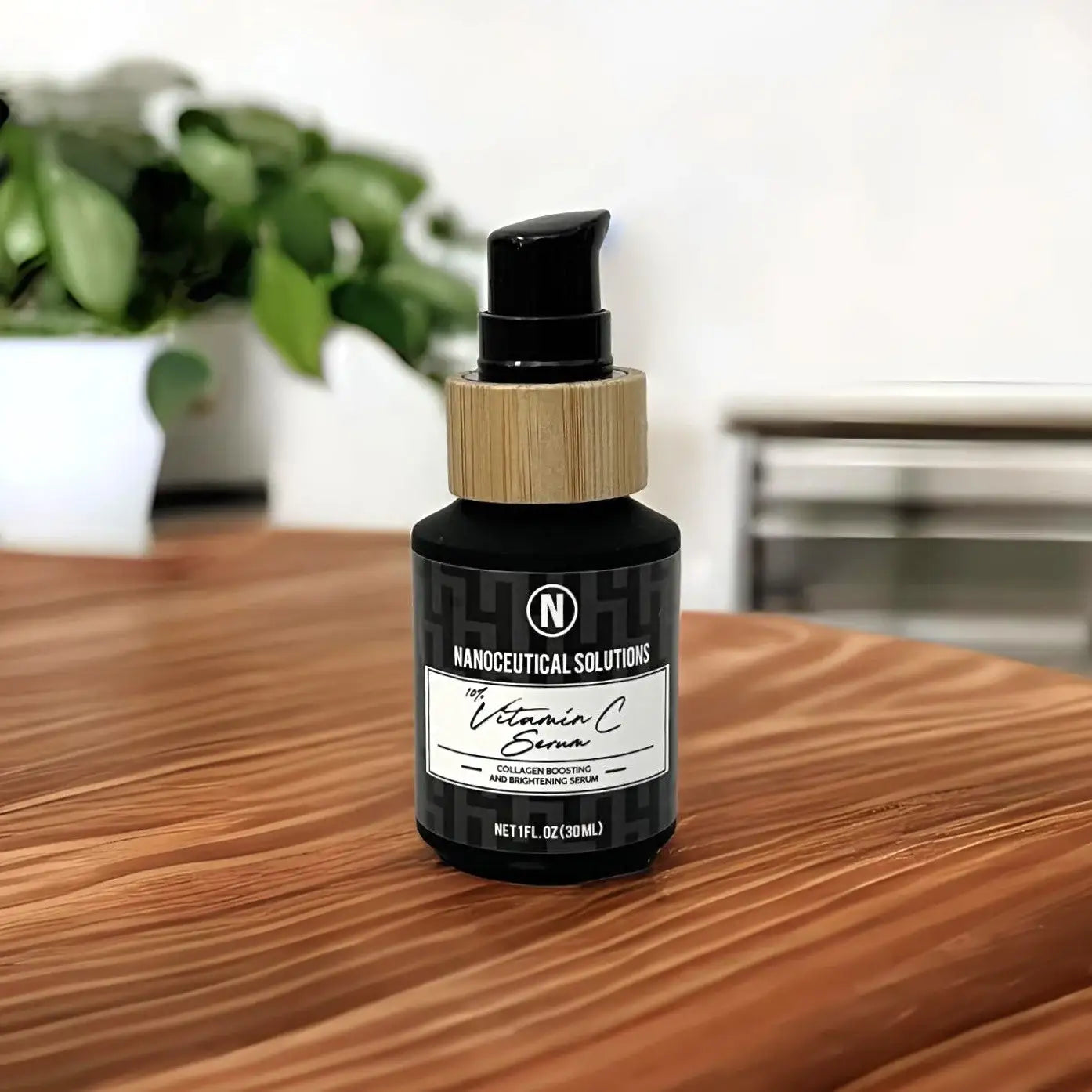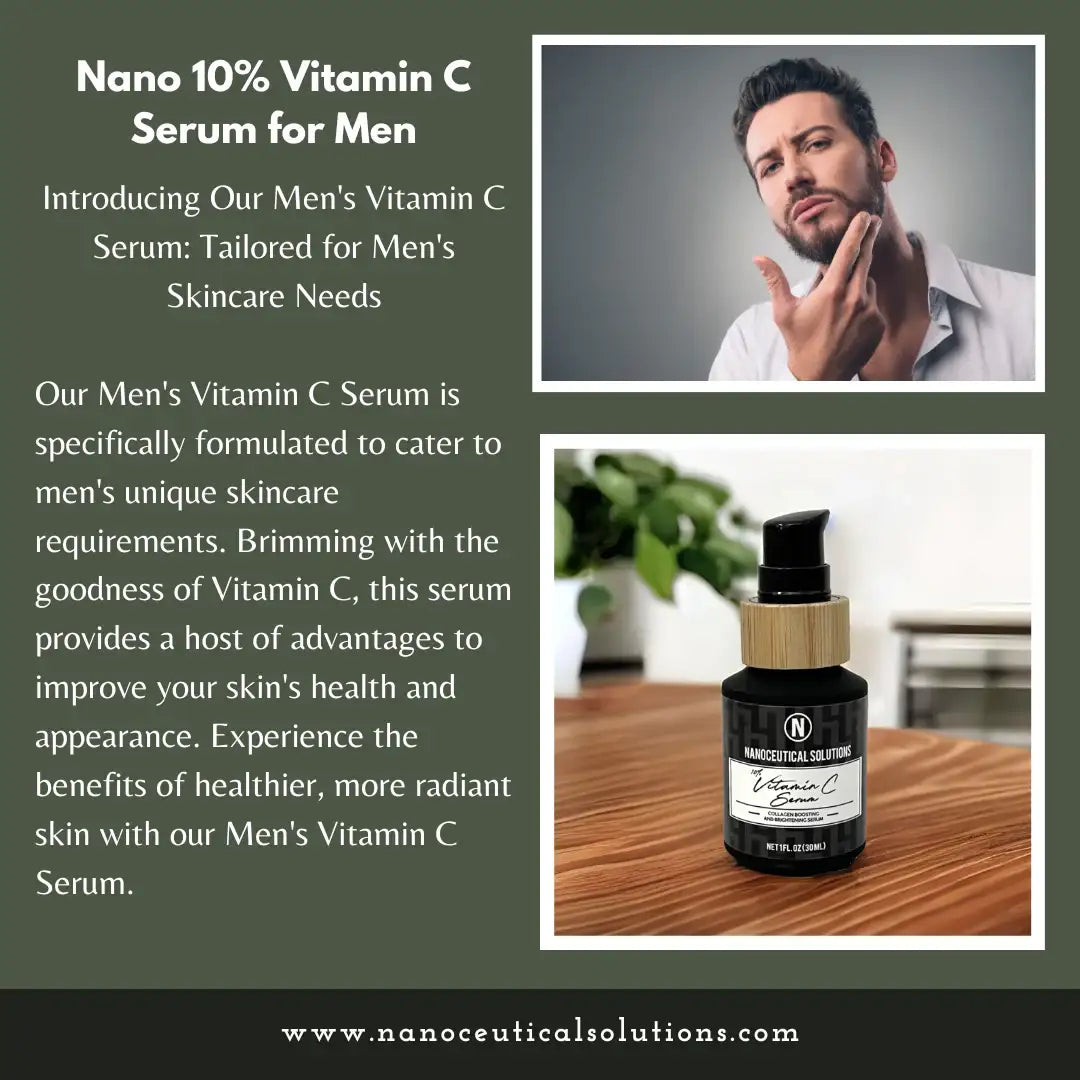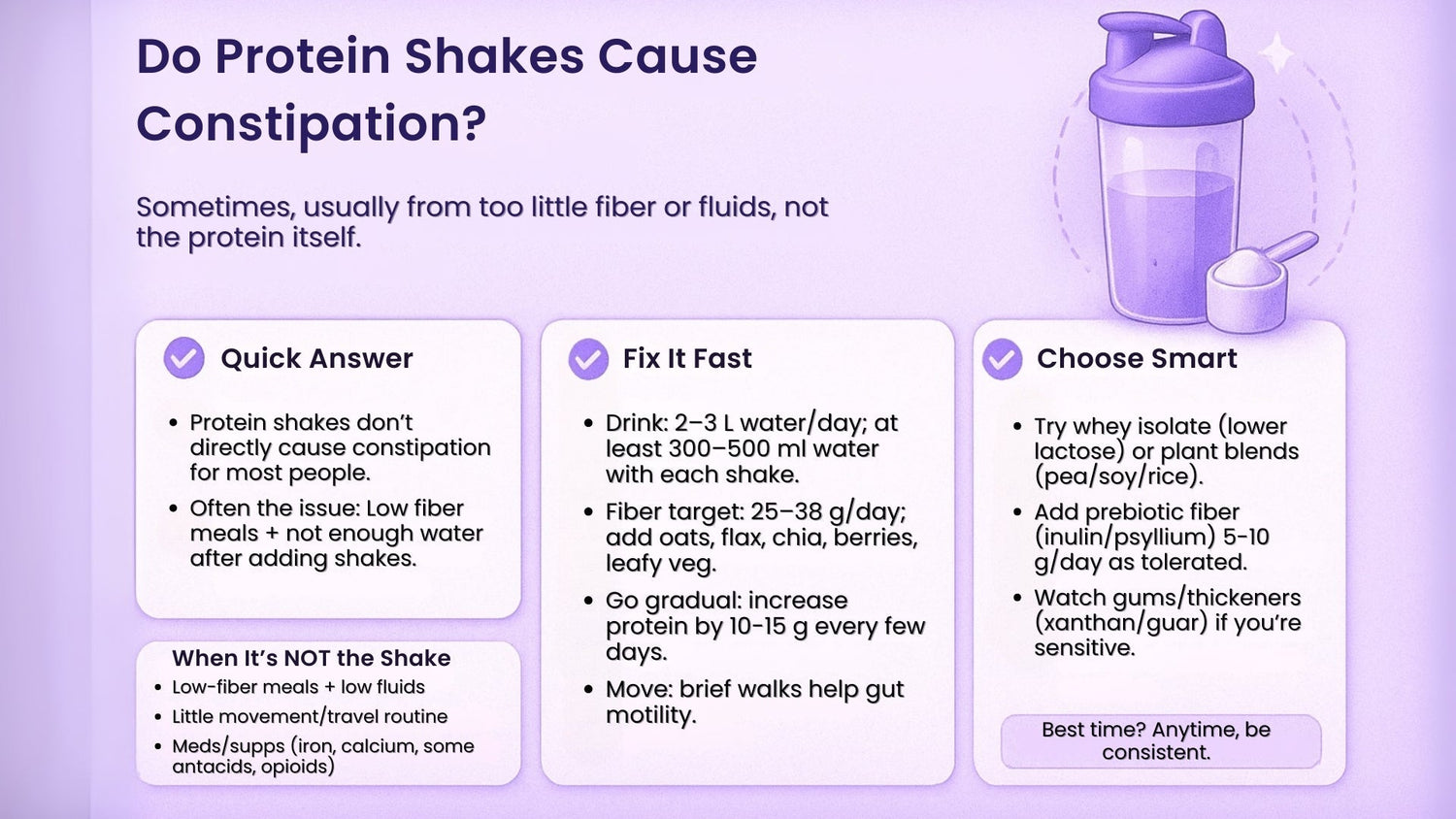Blurred vision is a common complaint that can stem from many conditions. One of the often overlooked causes is dry eye disease. When you don’t produce enough quality tears or they evaporate too quickly, the tear film that coats your cornea becomes irregular. This smooth “window” is essential for focusing light; when it’s disrupted, incoming light scatters and your vision can temporarily become unclear. The Cleveland Clinic notes that dry eye is a common cause of blurred vision and you may notice that your sight improves after blinking, because the tear film briefly evens out. Dry eye often comes with a scratchy or gritty feeling, redness and sensitivity to light, but blurred vision is often the symptom that pushes people to seek help.
How the Tear Film Works?
Every blink spreads a tri layered tear film over your cornea. Visionary Eye Doctors explain that tears act like a smooth window, washing away dust, preventing infection and supplying oxygen and nutrients to the cornea. The tear film has an oily layer (produced by the meibomian glands) that prevents tears from drying too quickly, an aqueous (water) layer that cleans the surface, and a mucus layer that helps the film stick to the eye. When any layer is deficient, the film breaks down between blinks, leaving dry patches; the corneal surface becomes rough and scatters light. That’s why dry eye related vision often fluctuates, it may be clear after a blink and become hazy again as tears evaporate.
Why Dry Eyes Cause Blurred Vision?
According to Visionary Eye Doctors, insufficient lubrication makes the corneal surface irregular and affects how light enters the eye. Dry eye syndrome can develop in three ways:
- Your eyes don’t produce enough tears.
- Tears evaporate too quickly, especially when meibomian glands are impaired.
- Tears lack the right components to coat the eye properly.
When the tear film is unstable, you may see a “film” over your vision, and blinking brings temporary relief. Florida Eye Specialists note that without enough quality tears, the tear film becomes unstable, leading to fluctuating vision, irritation and discomfort. Factors like aging, prolonged screen time, certain medications (antihistamines, decongestants, blood pressure medicines or antidepressants), hormonal changes and environmental conditions can reduce tear production or increase evaporation. Autoimmune diseases (e.g., Sjögren’s syndrome or rheumatoid arthritis) and vitamin deficiencies also play a role.
Symptoms Beyond Blurriness
Dry eye symptoms vary, but they usually affect both eyes. Mayo Clinic lists a stinging or burning sensation, stringy mucus, sensitivity to light, redness, a feeling that something is in the eye, watery eyes and blurred vision or eye fatigue. Florida Eye Specialists add that dry eye can cause gritty or burning sensations, eye fatigue, stringy mucus, excessive tearing, light sensitivity and the persistent feeling of a foreign body in the eye. UCF Health notes that symptoms are more irritating than painful, such as stinging, scratchiness, light sensitivity or excessive tearing, and the vision often fluctuates between clear and blurry.
Risk factors include being over 50, being female (due to hormonal changes), diets low in vitamin A or omega 3 fatty acids, wearing contact lenses or having refractive surgery. People who blink less while reading or staring at screens are also at risk, as are those exposed to wind, smoke or dry air. Medications for allergies or blood pressure can reduce tear production.
Can Dry Eyes Cause Blindness?
Dry eye itself rarely causes blindness. UCF Health stresses that dry eyes won’t cause blindness, but neglecting treatment can impair both short and long term vision. Severe, untreated dry eye may lead to corneal inflammation, abrasions, ulcers and ultimately vision loss. Florida Eye Specialists explain that while chronic dry eye doesn’t typically cause blindness, prolonged irritation and inflammation can damage the cornea and cause ulceration; prompt treatment keeps the risk extremely low. Long term dryness can scar the cornea and result in vision impairment, so early evaluation and management are crucial.
Headaches and Dry Eye: What’s the Connection?
Many people with dry eye complain of headaches. Florida Eye Specialists note that difficulty focusing due to dry eye can strain the eye muscles and trigger tension headaches. The discomfort from burning, stinging eyes also contributes to overall tension. If you experience persistent headaches along with dry eye symptoms, an eye exam is advisable.
High Blood Pressure and Flashing Lights (When It Isn’t Dry Eye)
Blurred vision and flashing lights can also signal issues unrelated to dry eye. High blood pressure (hypertension) damages the fragile blood vessels in the retina, a condition called hypertensive retinopathy, and can lead to headaches, blurred vision, swelling or double vision. Total Vision’s experts explain that persistently elevated blood pressure compromises retinal vessels so they restrict blood flow or leak fluid, sometimes causing flashing lights or spots in your vision. Flashing lights may also be a symptom of retinal detachment, optic neuritis or migraines. Because some of these conditions are medical emergencies, any sudden or persistent flashes should prompt immediate medical attention.
Other Causes of Blurred Vision
Dry eye isn’t the only reason your vision could be blurry. Cleveland Clinic lists refractive errors (nearsightedness, farsightedness, astigmatism), cataracts, glaucoma, age related macular degeneration, diabetic retinopathy, optic neuritis, inherited optic nerve disorders and corneal scars among common causes of progressive blurred vision. Sudden blurred vision may indicate a stroke, a steep increase in blood pressure, hyphema or retinal detachment. Consult an eye care professional if blurriness develops abruptly or is accompanied by pain, halos around lights, or other systemic symptoms.
Treating and Managing Dry Eye
Treatment depends on the severity and underlying cause. Many people obtain relief using preservative free artificial tears, gels or ointments; Florida Eye Specialists recommend avoiding drops with preservatives because they can irritate the cornea. For mild cases, these over the counter drops may suffice, but chronic dry eye might require prescription medications to reduce inflammation or stimulate tear production. In some instances, punctal plugs (tiny devices inserted into the tear ducts) or in office procedures like LipiFlow (which addresses meibomian gland dysfunction) are recommended.
Lifestyle measures also play a big role. The Cleveland Clinic suggests getting enough rest, avoiding allergens like smoke and dust, wearing sunglasses outdoors, staying hydrated and using artificial tears. Mayo Clinic recommends adding moisture to indoor air with a humidifier, taking eye breaks during long reading or screen sessions, positioning your screen below eye level to reduce tear evaporation and wearing wraparound sunglasses to shield against wind. UCF Health advises adjusting environmental factors (e.g., humidifiers, reducing air conditioning), blinking intentionally and practicing good eye hygiene. Adequate nutrition matters too; diets rich in omega 3 fatty acids and vitamin A support tear production.
Integrating Wellness Support from Medpaid
Because eye health is linked to overall wellness, many Medpaid customers complement medical treatment with lifestyle adjustments. Hydration and balanced nutrition are essential; some people choose liposomal multivitamin blends like Moxyvites whole body support to ensure they’re getting key nutrients. Women experiencing hormonal fluctuations may explore doctor vetted herbal formulas such as Phytoprogest or Zahler PurePurse for natural support. Proper folate levels are important for eye and nerve health, and supplements like Zahler Methylfolate 1000mcg offer bioactive folate without synthetic additives.
General wellbeing also influences your eyes. Maintaining joint mobility with nutrients like Zahler SynerG encourages you to stay active and keep blood flowing to ocular tissues. Smart nutrition solutions such as UpNourish offer balanced macronutrients for people with busy schedules. Digestive health plays a role in vitamin A absorption; tasty options like Fiber Gummies help maintain gut health, while liver support formulas like Livixir and detox blends like Vital Detox support metabolic pathways that process fat soluble vitamins.
Stress reduction and quality sleep are equally important. Luxurious tools such as the Bosscare Premium Full Body Zero Gravity Massage Chair or a 4 Person Luxury Low EMF Infrared Sauna promote relaxation, which can lower systemic inflammation and improve tear production. You can also browse Medpaid’s curated eye care collection.
When to See a doctor?
Blurred vision that improves with blinking and is accompanied by burning or gritty sensations often points to dry eye. However, you should seek medical help if:
- Vision becomes suddenly blurry, especially with flashes of light or dark curtains over your vision.
- You experience severe pain, sudden redness, or think you may have a corneal ulcer.
- Home measures (artificial tears, humidifiers) don’t relieve symptoms.
- You have systemic conditions (like hypertension, autoimmune disease) that could affect your eyes.
An eye care professional can perform tests to evaluate tear quality and quantity and recommend appropriate therapy. Early diagnosis prevents complications and ensures your eyes stay comfortable and your vision sharp.
Conclusion
Dry eye disease is a very common and usually treatable cause of blurred vision. It happens when your tear film is unstable, leading to an uneven corneal surface that scatters light. Symptoms often include burning, redness, light sensitivity and fluctuating vision. While dry eye seldom causes permanent vision loss, it can harm your cornea if ignored. Combining medical management, healthy lifestyle practices and whole‑body wellness products from Medpaid can help you protect your eyes and feel your best. If blurred vision persists or is accompanied by headaches or flashing lights, consult an eye doctor promptly.
By understanding the link between dry eye and blurred vision and taking proactive steps, you can maintain clear vision and overall wellness.


















